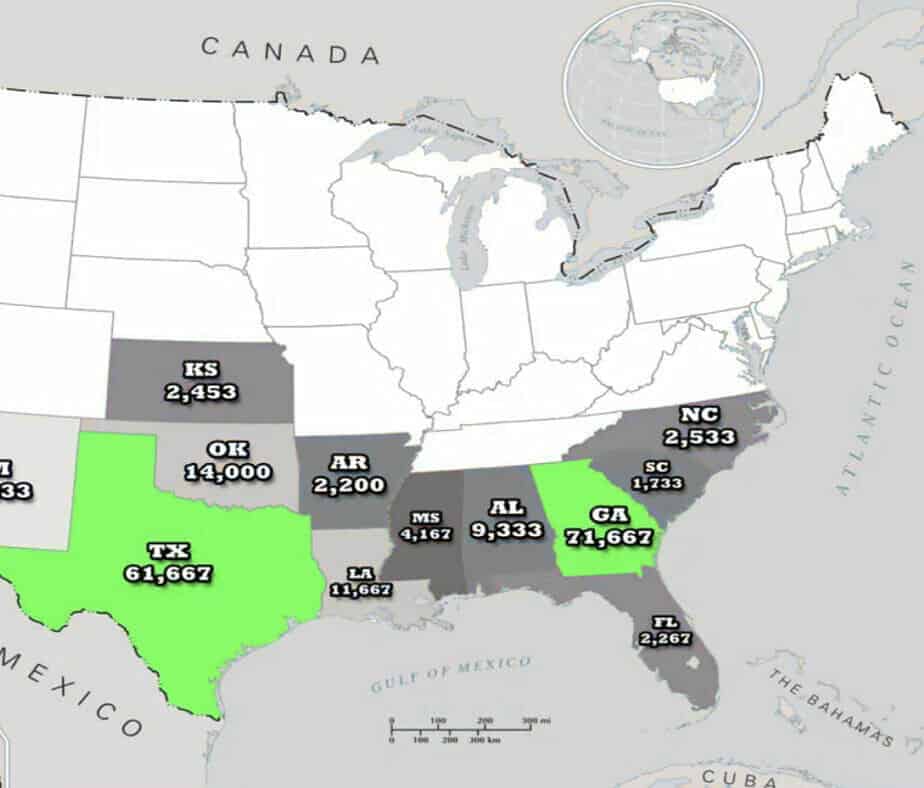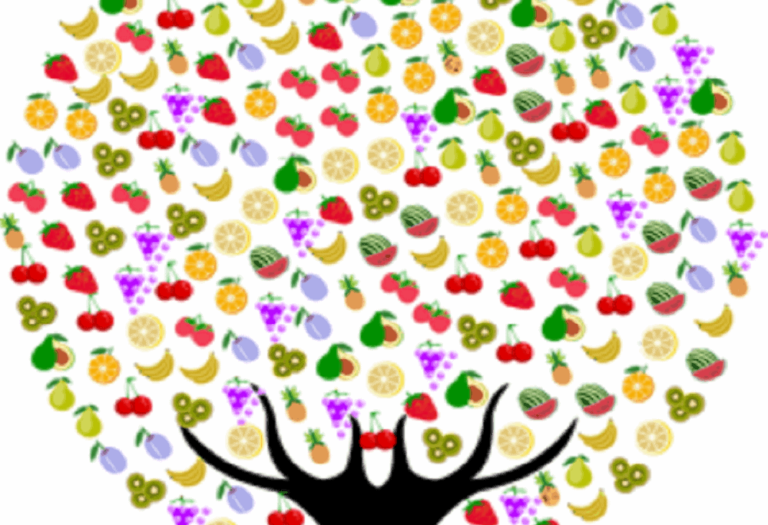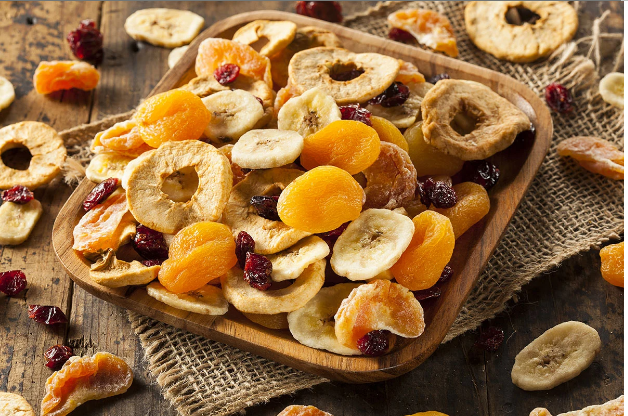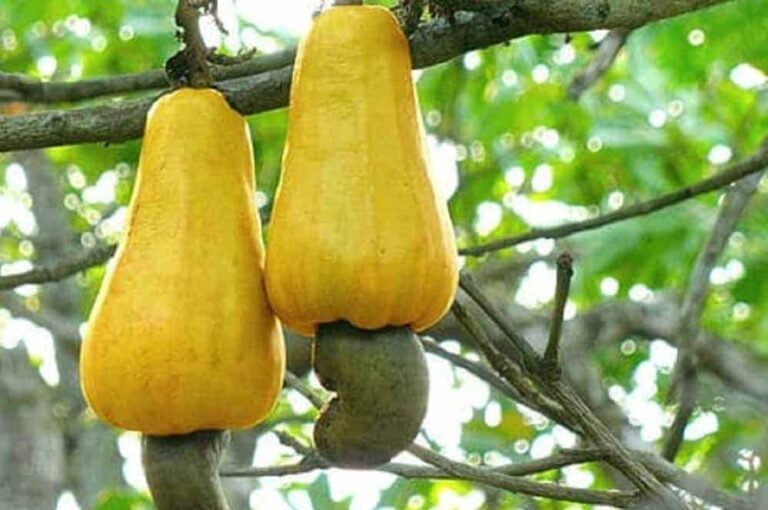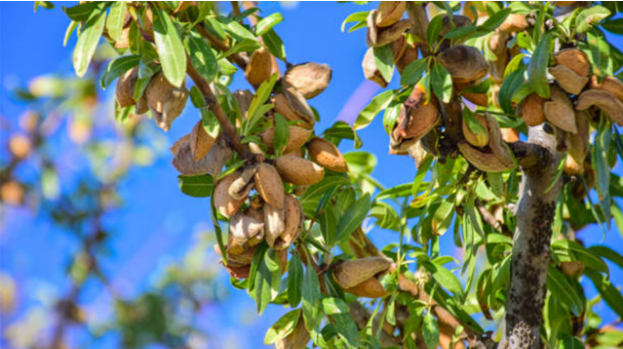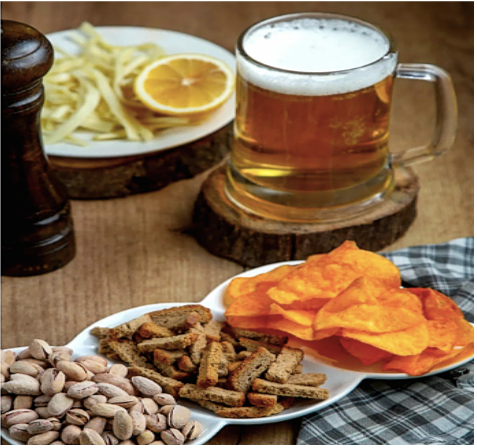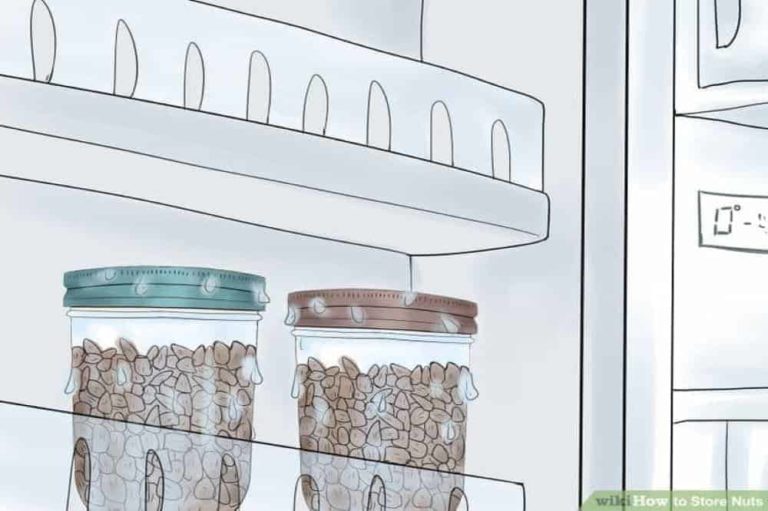Your cart is currently empty!
In The Pecan Belt, The Drying And Grading Process For Pecans
The pecan’s accumulating, drying, and grading generally occurs during October well into February and March the following year. The southern part of the Pecan Belt consists of the Eastern, Central, and Western parts of the United States. The warehouses for the drying and grading of pecans happen close to where the harvest takes place.
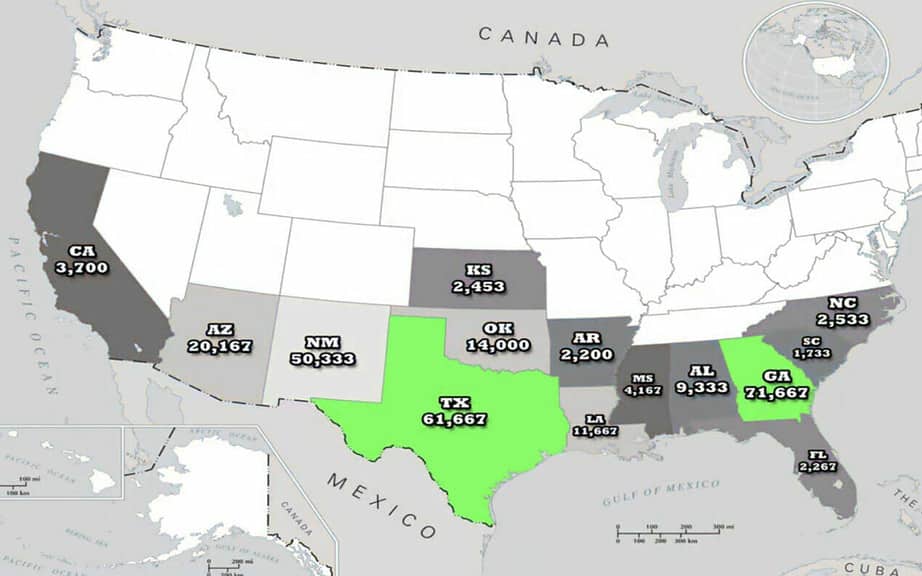
Pecans naturally fall off the tree and hit the ground. Some of the weight that drags them to the ground is water. This water removal must be before storage, or the pecans go bad quickly. We are covering the process of cleaning and drying process for pecans. Then we look at how these pecans are prepared before they are graded.
Farm Process Of Cleaning Pecans
These days, machines do most of the work. Small lots of pecans will require humans to pick up by hand. These machines and ground crews remove large dirt deposits and twigs from the trees. Many farmers harvest 1,000 to 50,000 pounds of pecans by machine, which usually has a built-in cleaning function. A typical operation where a mechanical harvester has a use will have a component that scrapes and brushes the shells of extra dirt, leaves, and twigs.
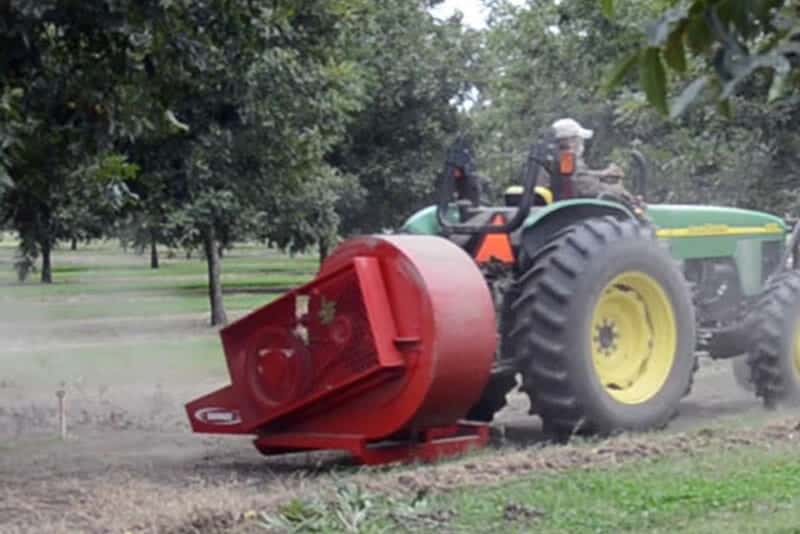
The nuts are sent to be processed directly from the harvester trailer or held temporarily in holding bins. In either case, a flight-type elevator might be used. There should be some clearance between the end of the cleat and the side of the elevator trough to prevent the crushing of any nut shells. Also, there should be holes for any extra dirt and rocks to separate and fall through.
The Processor Gets The Pecans And Removes Sticks And Dirt
The first cleaning operation is to remove the sticks with a “rodding” machine. Picture a series of rods that the pecans in their shells rollover. The rods have space between them and lay horizontally. One end is slightly higher than the other.
Sticks pick up with bars as the cage rotates and drop on a separate outlet from the pecans. Finally, the dirt and leaves go one way, and the mostly clean pecans in their shell go another way.
Pop and Shrivel Remover
The nuts in their shells go from the rodding machine onto an open chain link belt and pass under an air vacuum nozzle. The light nuts (pops) and any remaining leaves are removed. The vacuum is controlled by adjusting the height of the nozzle above the belt. Adjustments of the nozzle may be necessary when the variety of processed nuts is changed.
A second vacuum nozzle may be used just past the first to remove the underdeveloped pecans (shrivels) with limited commercial value. Both vacuums may be operated from the same fan, but a separate collection of material will be removed and must be provided. At every point of the cleaning, pieces that do not pass inspection can still have commercial use. For example, feeding birds in zoos all over the world.
Grading Table
Unhulled and broken nuts need to be removed before sizing. This operation is performed by hand, passing the nuts over a second flexible steel belt in front of the workers. The workers have a very strong union. In 1938, the pecan shellers went on strike. This strike made national news and went on for months. The resolution resulted in a change to labor laws nationwide.
Sizing Machine
Nuts will now be sized. Some equipment will separate the nuts into three sizes small, medium, and large. Larger equipment will separate the nuts in up to six sizes, usually from 10/16 inches to 15/16 inches in 1/16 inch increments. Currently, equipment is available for separation according to color moisture content.
Post-Harvest Changes In The Drying Process For Pecans
The first changes in pecans after harvest result in improved quality by curing. Later changes result in degrading the quality by staling, discoloration, and rancidification. Post-harvest changes include:
- Decrease of moisture in the kernel volume by about ten percent.
- Increase peroxide values from 0 to 1.5 millimoles of oxygen per kg. of oil, and increase free fatty acid values from 0 to 0.5% as oleic acid.
- Oxidation of tannins in the seed coat causes a change in color from pale to medium tan.
- Development of characteristics of pecan appearance, aroma, flavor, and texture, resulting in optimum eating qualities.
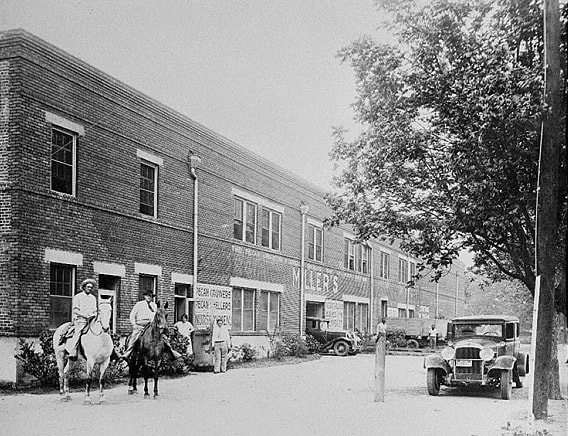
Changes during curing differ among varieties at different temperatures and moisture levels, most of which enhance the marketability and eating qualities. However, when allowed to continue at room temperature for over three weeks, at 100° F. for over one week, or at 50°F. for more than three months, the nuts gradually develop staleness and rancidity.
When Is The Best Flavor Achieved After Drying
Optimum flavor develops in pecans when held under farmhouse conditions for about three weeks after harvest. After this time, storage is at 40°F. or lower with 70% to 80% relative humidity is necessary to hold the fresh color, aroma, and flavor for more than three months.
Freshly harvested pecans are sensitive to moisture. The first evidence is in the orchard, where pecans are subject to weathering, infection with mold, splitting, and occasional sprouting. Pecans gathered as they fall from the trees are practically free of molds, whereas those which remain On the damp ground for a week or more are high in moisture and usually contain a high percentage of discolored and moldy kernels.
Wet Soil Affecting The Drying Process For Pecans
Experiments showed a direct relationship between the time pecans lay on wet soil. The moisture content and molding of the kernels. The molding will increase from 2% to 26% due to lying on the ground for 3 days, where a small amount of chicken manure had been spread. From 44% to 66% due to 6 days of exposure. Thus nuts that fall on the ground in pastures are more likely to mold than those which fall on practically sterile soil.
Furthermore, pecans that lie on wet soil for an extended period or until they become fully wet turn amber color slowly while in the shell and discolor immediately after shelling. This is due to the kernels’ absorption of soluble tannins from the hulls or packing tissue of the shells. This discoloration is retarded by refrigeration but is resumed upon removal from refrigeration. When shelled and exposed to air at room temperature, the meats darken within a few minutes. Discoloration due to weathering affects the appearance and grade of the meats more than the flavor. Unless such nuts are dried promptly, they mold or develop a bitter pit. Schley Pecans and other thin shell varieties are especially subject to post-harvest discoloration if allowed to weather before storage.
On the other hand, pecans that were harvested without weathering or “moisture pick-up” were neither discolored nor molded while in common storage. There was also no change in color upon removal from 34° or 0° F. storage for shelling. These nuts had a bright tan color, crunchy texture, and desirable flavor.
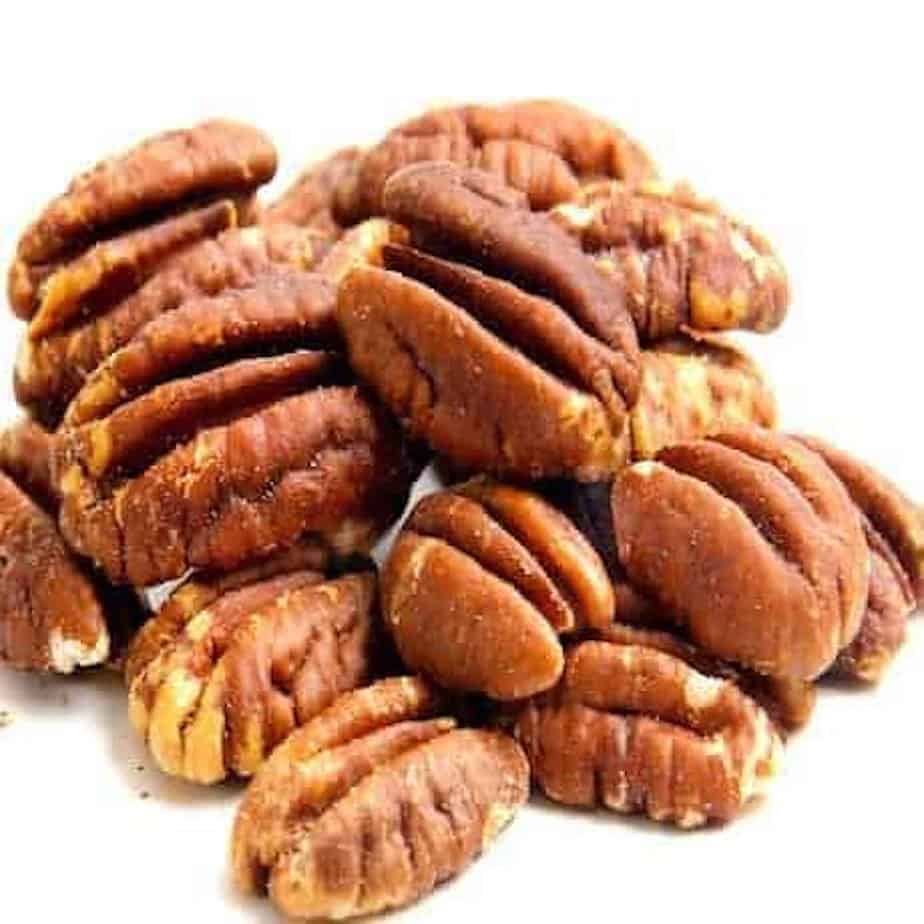
Drying Pecans
Pecans must dry a kernel moisture level of about 4.5% as soon as practical after harvesting. This is to prevent molding, discoloration, and breakdown of the oil. Drying is also necessary to properly shrink the kernels and prevent “stick-tight” shells during subsequent shelling (see Figs. 93 and 94). Controlling moisture is the most important factor in harvesting, storing, or processing pecans, even for a short time as one week.
Moisture Is Highest When Pecans Are Harvested
The first problem of harvesting is the removal of sap moisture from the nuts to prevent molding and discoloration. Under fair weather conditions, this moisture in the pecan kernel drops gradually from about 30% to 8% as the nuts mature on the trees and normally dehisce. The drying process for pecans is accelerated as the nuts lay on dry soil or leaves or are held for 2 to 4 weeks in dry storage.
Under these conditions, the moisture content of the meats equalizes at about 412% and that of the entire nuts at about 8.5% to 9.0%. It is also under these conditions that optimum color and maximum flavor develop.
Removal of sap moisture is first from the outer shell, then from the inner shell, the middle partition, and finally, the kernel.
Tests have shown that the most satisfactory color, texture, stability, and flavor results when pecans will dry “naturally”. Requiring the constant movement of dry air around the nuts for at least three days. Artificial or rapid drying methods with heat should not be used for the normal drying process of pecans that have not been rewet.
Should the removal of sap moisture be interrupted by prolonged rain while the nuts are on the trees, molding, rotting, or sprouting may occur. Splitting of shells or sprouting on the trees results in rupturing the seed coats and discoloration of the kernels, and if allowed to continue for a week or more, will destroy the sale value of the nuts.
Schley and other thin shell varieties are especially subject to cracking or sprouting on the trees. Some varieties do not dehisce readily. When prolonged rain occurs during the ripening period, these should be harvested quickly and dried as rapidly as practical.
Pecans Are Injured if Rewet
After the sap moisture has been reduced to about five percent, rewetting is probably the cause of more discoloration, molding, rotting, souring, and otherwise degrading of pecans than of all other conditions. This may occur from rain, prolonged high-humidity air before harvesting, lying on wet soil, or storing more than 70% of relative humidity.
Rewetting interrupts the normal drying process for pecans. The outer shell is the first to be rewet, and this becomes darker. The inner shell is the next layer to become brown due to the solubility of tannins. The tannins stain the seed coat and kernels and impart a bitter flavor.
To prevent the growth of microorganisms, rewet pecans must dry or refrigerate within a week. At room temperature, rapid circulation in low moisture air is the recommendation for drying the surface and outer shell of rewet pecans. The moisture from the kernels then migrates to the surface and evaporates. In about 24 hours, the nuts attain a safe moisture equilibrium. To accomplish this, the nuts should have a placement on racks at a depth of not more than two inches. The air should be warm, recirculate, dry, or partially replace with outside air.
Drying in rapidly circulated, low-moisture air at refrigerated temperatures is also recommended. This occurs in a refrigerated warehouse when unit coolers circulate the air of 65% of Relative Humidity or lower. The pecans improve by lowering the moisture content. The quality is retained by lowering the temperature. Drying with refrigerated air is also advantageous because the color and flavor are better maintained than when heated air is used.
Moisture in Pecans Equalizes During Storage
Moisture in pecans stored at 73° F. and 55% relative humidity for four months may increase or decrease, depending upon the moisture content when stored.
Results showed that:
- Very dry pecans (7.9% whole nut and 3.6% kernel moisture) gained in total moisture. This increase occurred in the shell while the meats remained unchanged.
- In normally dry pecans (8.7% whole nut and 4.4% kernel moisture), moisture was shifted from the meats to the shells without a change in total moisture. Most of this moisture transfer was from meats to the inner shells.
- In slightly wet pecans (9.7% whole nut and 5.5% kernel moisture), total and kernel moisture was decreased.
- Wet pecans (12.2% whole nut and 7.9% kernel moisture) decreased in moisture in the whole nuts, kernels, and shells.
In normally dry pecans, 22% to 25% of the total moisture was in the kernels, 27% to 30% was in the inner shells, and 44% to 51% was in the outer shells. Since bulk pecans are, on average, 40% to 50% kernels and 50 to 55% shells, and since 75% to 78% of the moisture is found in the shells, gains or losses in weight during drying or storage would be greater in the shells.
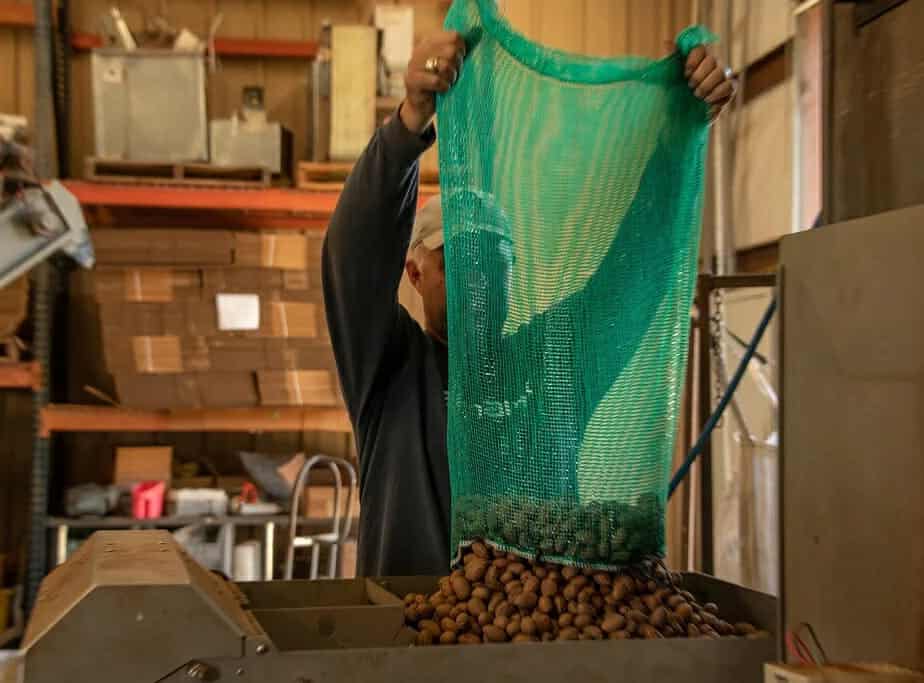
When 20 samples of mixed varieties were dried in storage, the kernel content increased from 45.7% to 46.0%. The moisture content of the meats fell from 4.3% to 3.9%. The whole nut moisture remained unchanged, and the percentage of whole nut moisture in the shells rose from 77.1% to 78.9%.
High Moisture Nuts May Lose Weight and Shrink in Volume
Several case histories from warehouses have shown considerable losses in weight during the storage of nuts. The cause of this was an analysis of the moisture in parts of the nuts.
Data shows that in the drying process for pecans, nuts fresh from the orchard might contain as high as 24.3% moisture in the meats, 20.9% in the outer shell, and 50.5% in the inner shell. Correspondingly, figures for these nuts after fully curing and drying were 11.3% and 17.9%, respectively. The discovery is that during the moisture adjustment in the shells, after the storage, a 10-15% loss in weight is the result. Depending on the condition of the nuts when going into storage.
It was further found that in-shell pecans in storage may lose volume and weight. There may be shrinkage in the length and diameter of the nuts that would cause a slack pack.
Moisture determinations of 70 lots of pecans received at two refrigerated warehouses for storage showed that 38 of the lots were above optimum moisture. The expectation is that they would lose weight while in storage. 13 of these were sufficiently high in moisture to produce molding upon removal unless there was moisture reduction while in storage.
Moisture Loss During Storage
During storage, unshelled pecans in 85.3% of the warehouse samples shrunk in length, diameter, and volume, and 73.5% lost moisture from the meats. An example of shrinkage during storage by one 32,488-pound lot of pecans. 31,132 pounds when removed from storage six months later. This was a reduction in weight of 1,356 16. or 3.5%, which should have occurred before storage.
Warehousemen and clients must understand that high-moisture nuts lose weight when stored properly. The quality of the nuts is superior to that when the heat dries the nuts outside of storage.
Remoistening Pecans for Shelling May Be Injurious
The moisture content in the drying process for pecans is to rise to about 8.0% immediately before shelling. This is to reduce the breaking of the meats during shelling. After shelling the meats, processors should remove the moisture quickly. This may happen by forcing warm, dry air through the meats, holding them in bins, or on a belt. Finally, place the meats in refrigerated rooms and circulating air at 65% relative humidity or lower. In either case, the moisture should be reduced to 4.5% for storage.
The optimum moisture for pecan meats is about 3.5% to 4.0%. Below this point, the meats are too brittle for handling without injury. Above this point, enzymatic and other activities will increase, resulting in more rapid staling.
Pecan Inspection And Grading
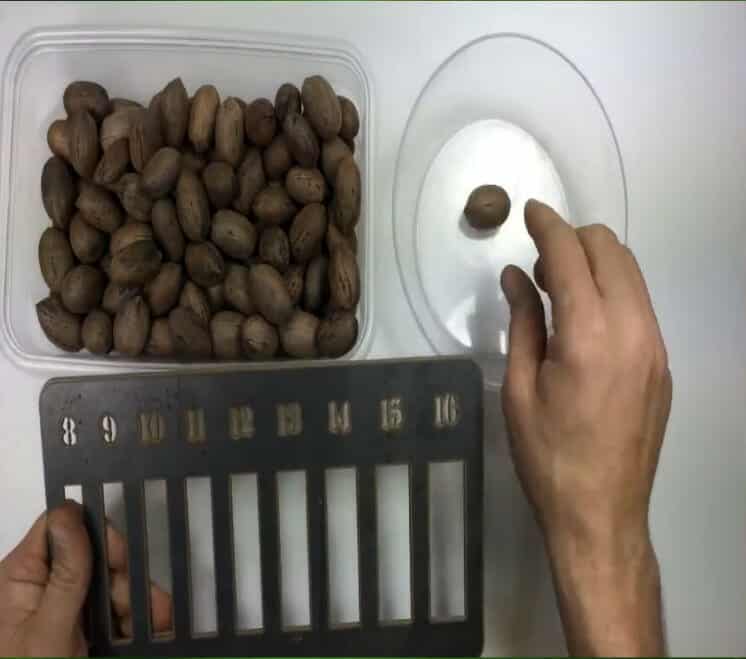
The Federal Inspection Service originates in various states through a cooperative agreement. Between the United States Department of Agriculture and some state agencies, usually with the State Department of Agriculture. The cooperative agreement spells out the duties and responsibilities of both cooperating agencies. Federal-State inspection is available to all financially interested parties in practically all commercial-producing areas.

